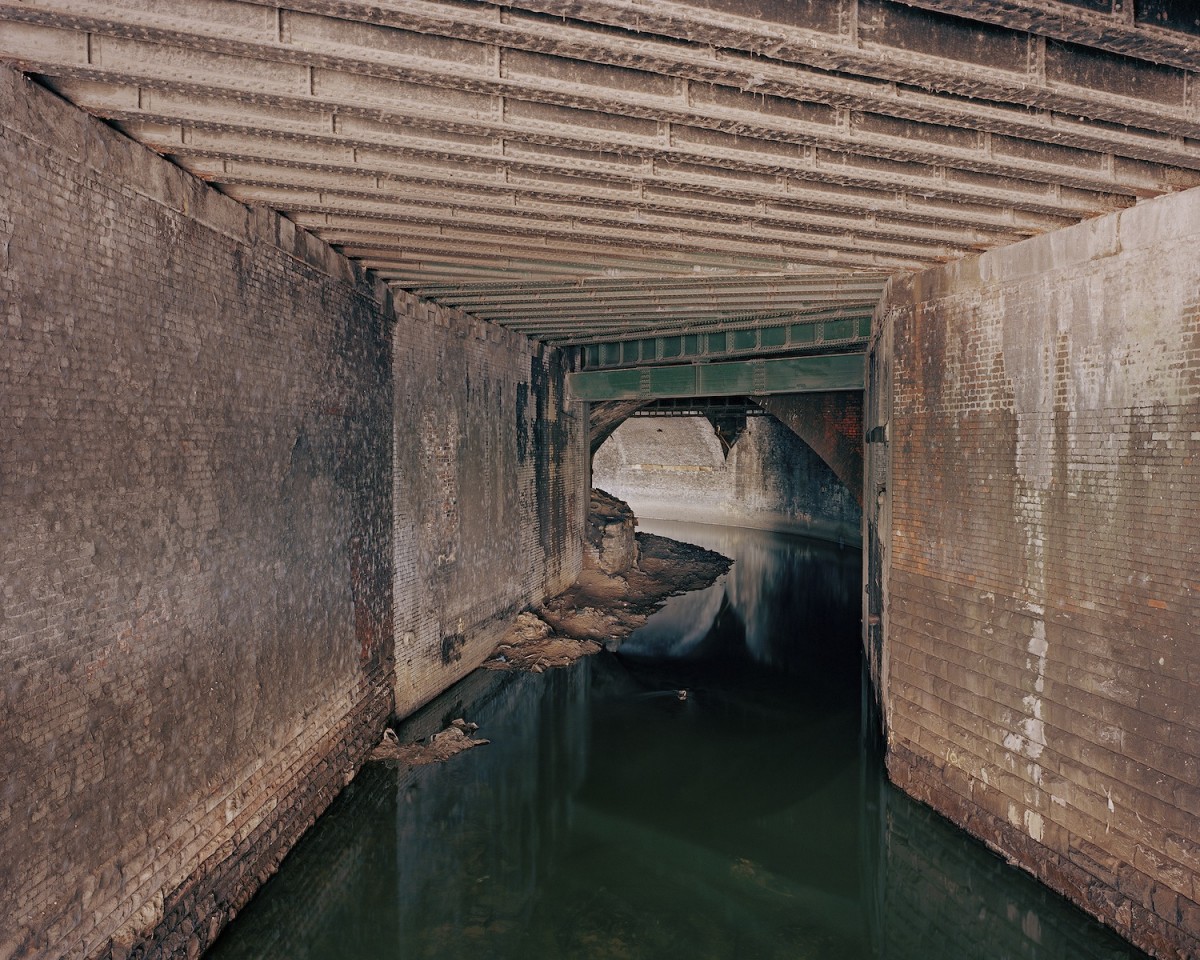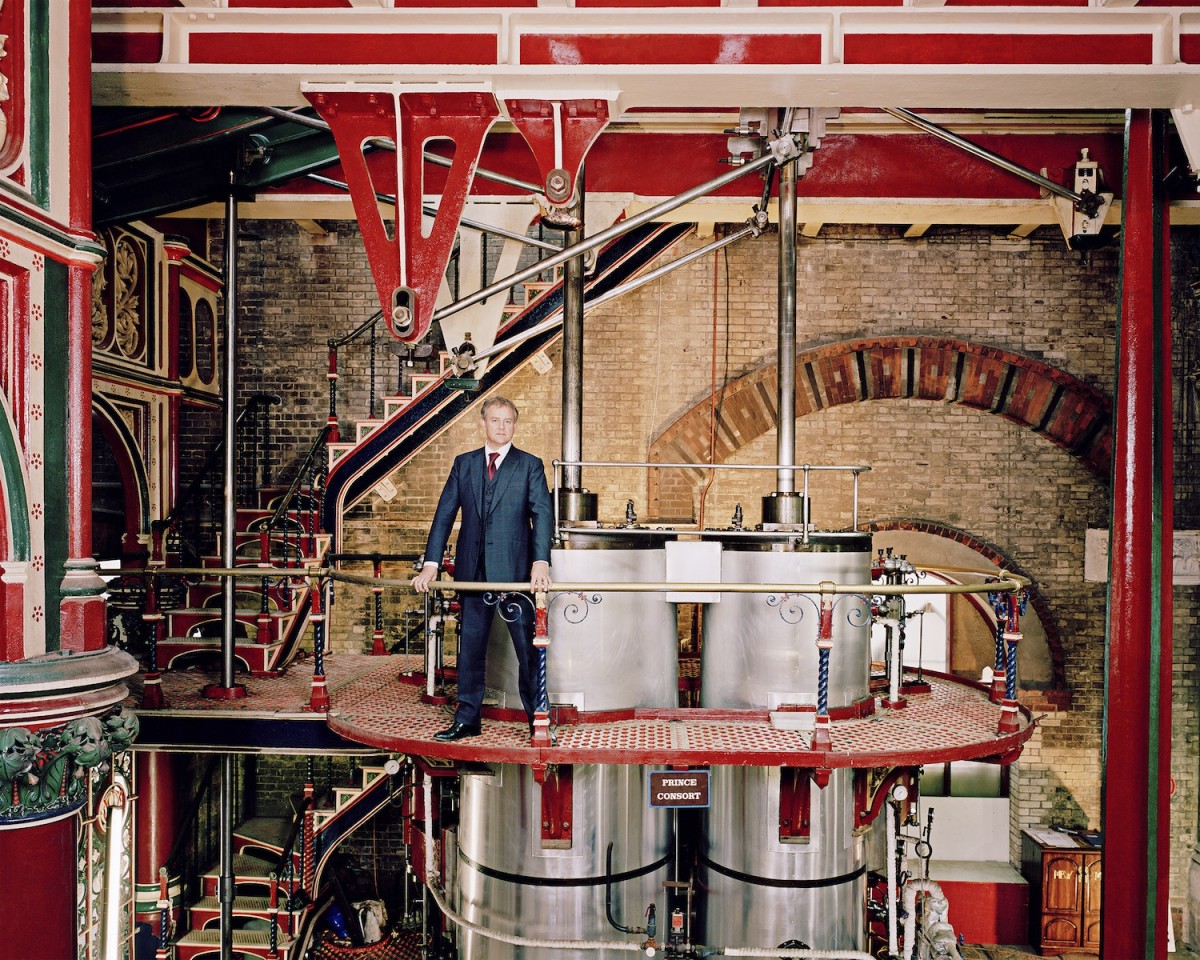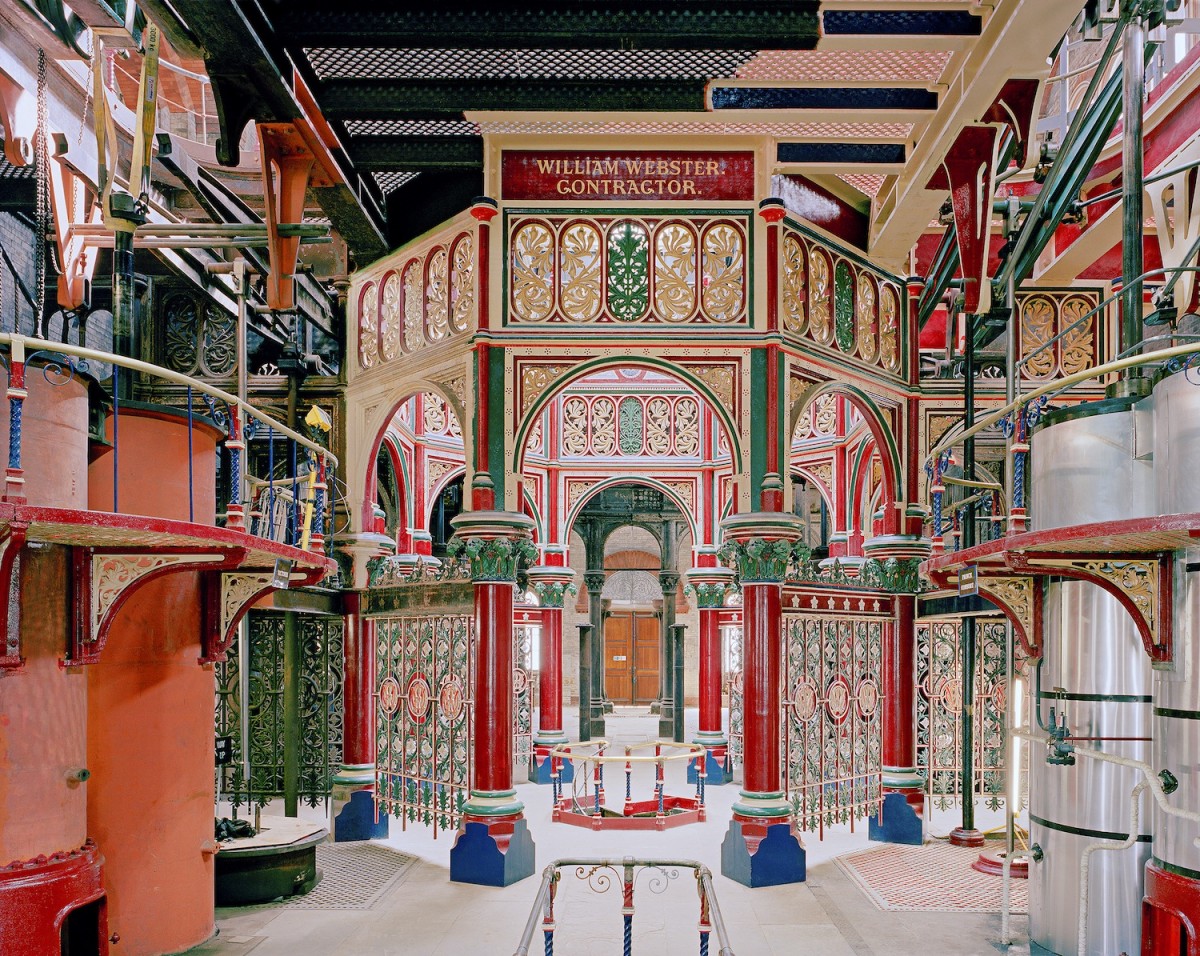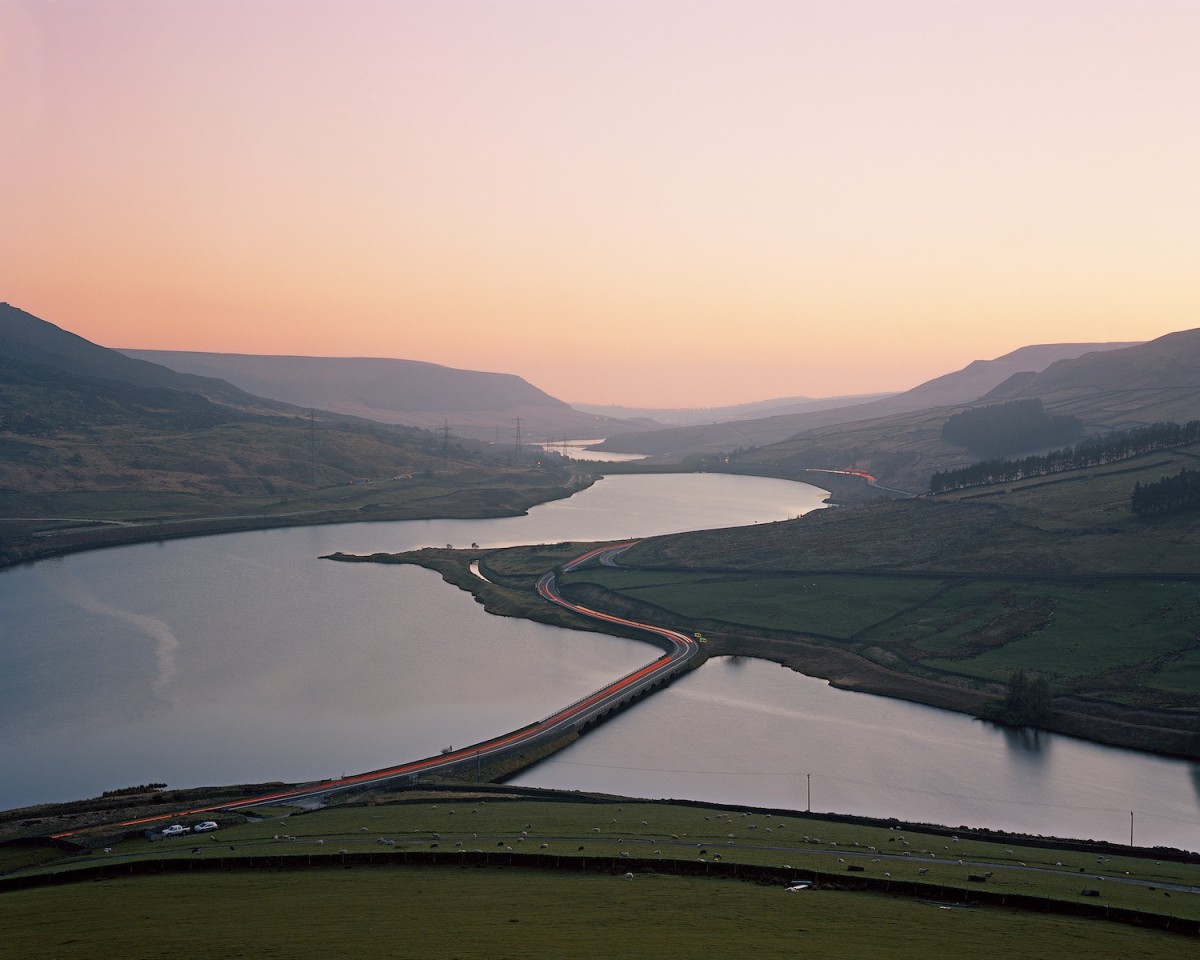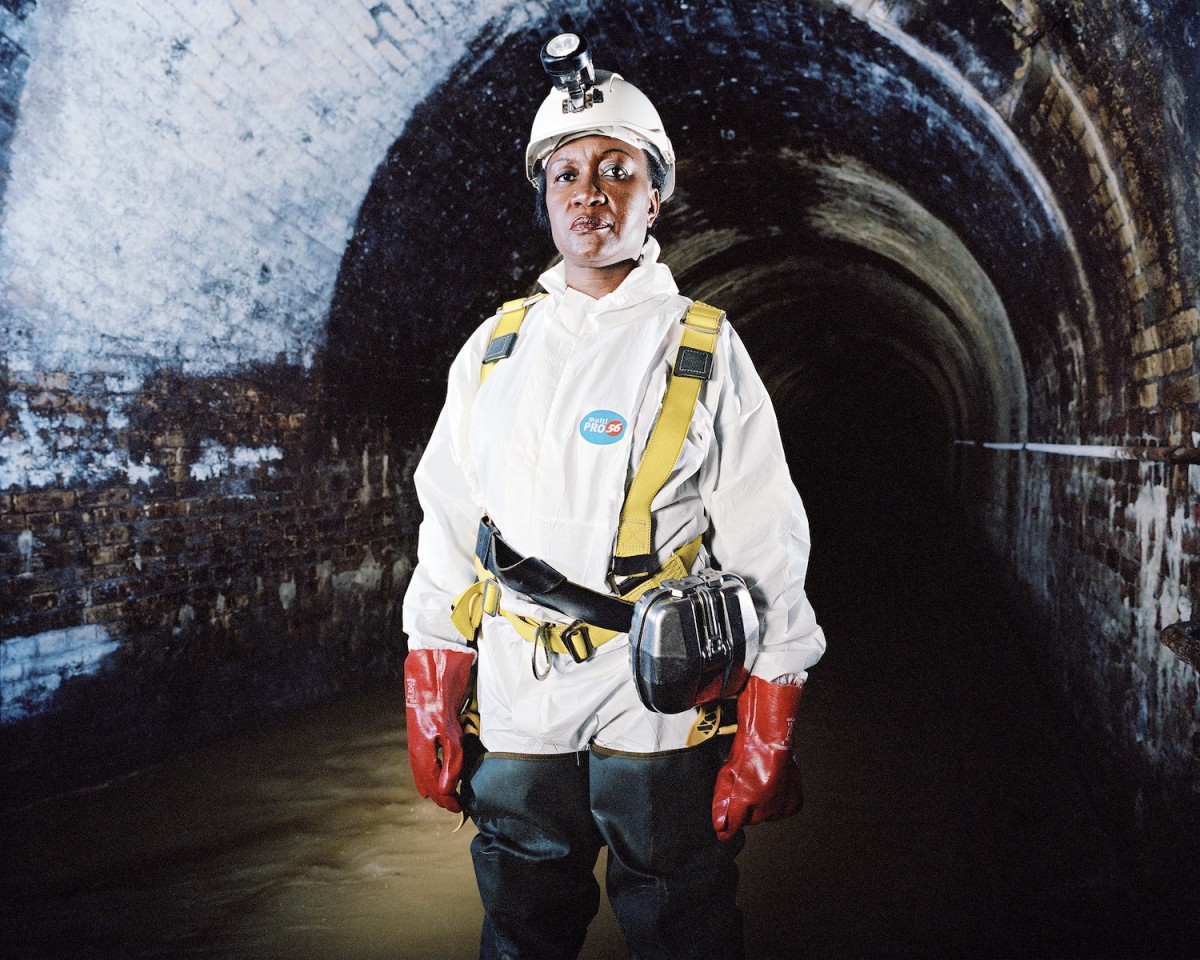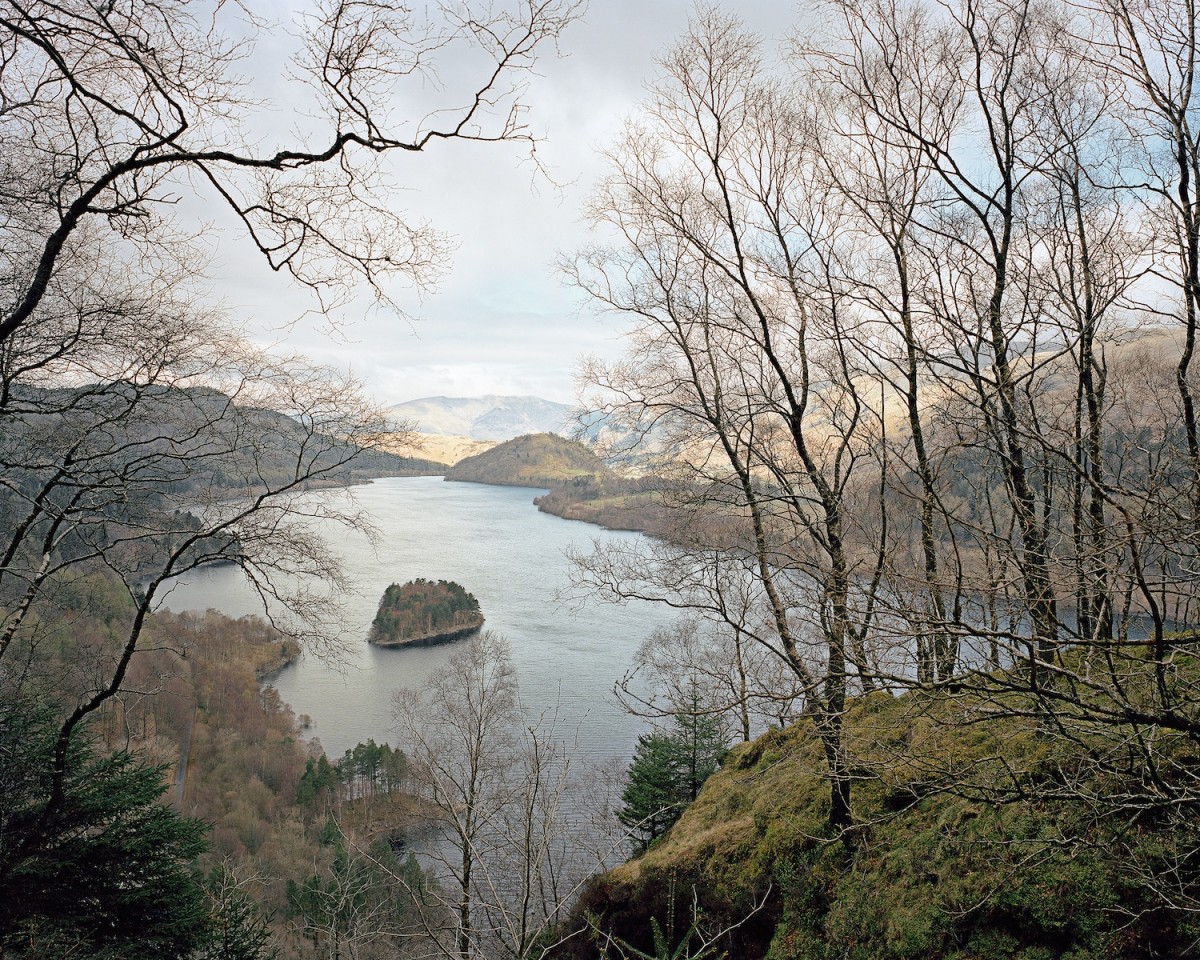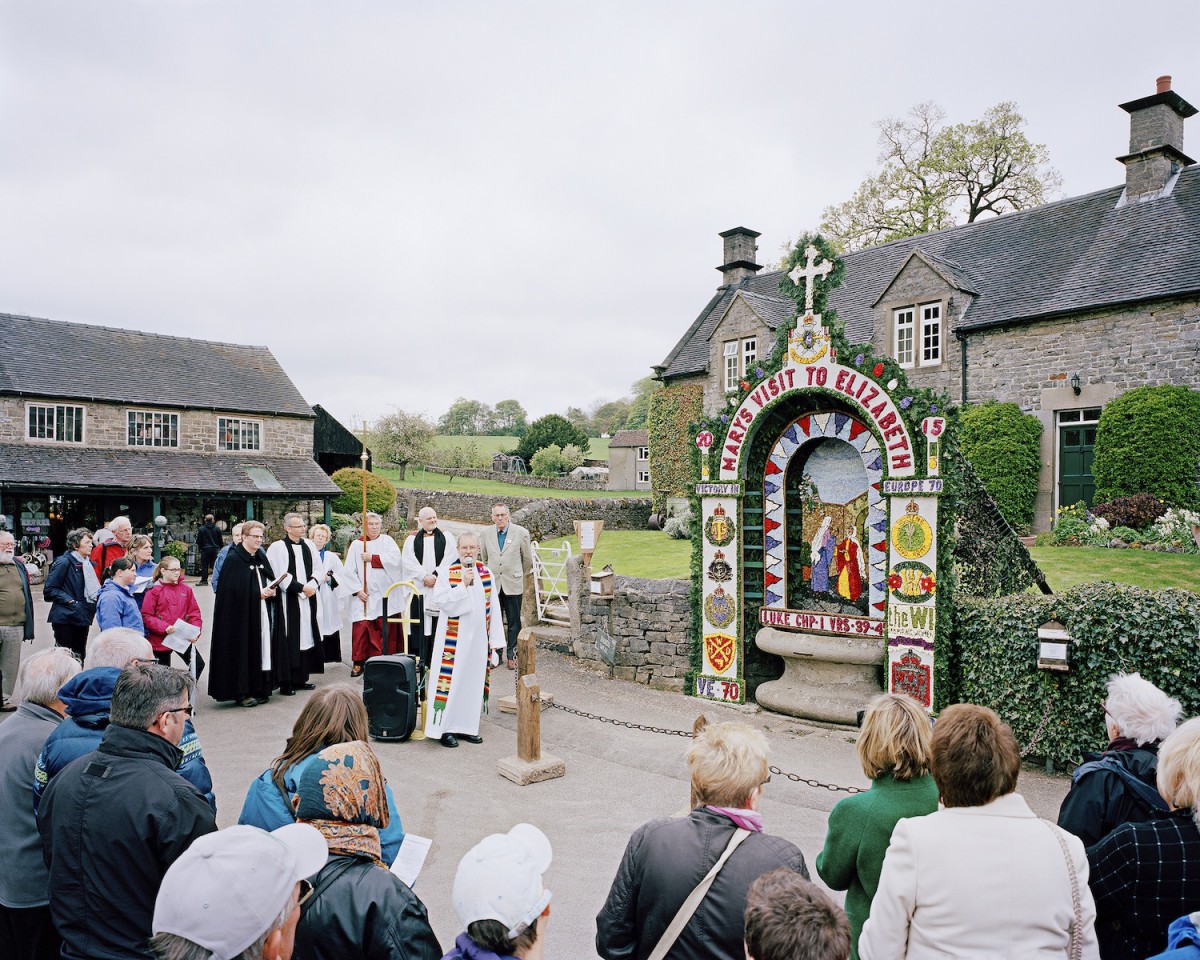Thomas Ball talks to Photoworks about his new project with WaterAid and the use of photography in raising awareness around access to clean water.
PW: How can photography be used as a tool by organisations and NGOs who are committed to raising awareness around health and social issues such as clean water?
TB: I think the use of photography in awareness raising campaigns has changed over the last few years. In my view many charities and NGO’s have been overly reliant on a narrow visual language – images of smiling or sad children looking to camera – being the most obvious stereotype. Thankfully there has been a shift over the last few years to mixing visual styles and combining photography with sound and video. In the case of this commission for WaterAid, they wanted to highlight the similarities between the issues that Victorian Britain faced 150 years ago with those of many developing countries today. WaterAid asked me to produce a series of eye-catching large format images that brings this part of British history to life and celebrates the achievements and advances that were made during a relatively short period of time. Photography is highly subjective and this style will not appeal to everyone, but I think it will resonate with a section of the public that has switched off to some of the more traditional photographic approaches. Photography will continue to play an important role in raising awareness of a wide variety of social issues, but I think the key to success will be to keep mixing up photographic styles – from large format shooters to instagram – so that it appeals to the widest audience possible.

-
“As an Ambassador for WaterAid, I’ve learned how many of the problems faced by Londoners 150 years ago remain a daily reality for millions of the world’s poorest people. Yet history has proved that with political will and straightforward engineering it is possible for everyone everywhere, to have access to clean water and improved sanitation. If it could be achieved in London in the! 1860s, then we can definitely make it happen today, right around the world.” – Hugh Bonneville.
Hugh Bonneville at Crossness Pump Station, Abbey Wood, London. Shot by Thomas Ball for WaterAid in April and May 2015.
PW: You previously created a series of work on Sustainable Water in collaboration with Photoworks, BioRegional and Fotodocument as part of Brighton Photo Biennial 2014. How did this previous commission inform your current project with WaterAid?
TB: One of the most useful things I took from my series on Sustainable Water was to be prepared for the challenge of matching historical stories and facts with strong and interesting photographs from the present day. My series for WaterAid was based almost entirely around stories, people and places in 19th century Britain. I spent several days in the British Library reading literature from the time to source quotes and accurate descriptions to help inform what I could photograph. In many locations there were few, if any, original features left behind to document. It was often difficult to weigh up whether to include a really strong story with a potentially weak image or vice versa. There are no rules, so it’s about finding the right balance.

-
The Beam Engine House at Crossness is constructed in Romanesque style and features some of the most spectacular ornamental Victorian cast iron-work to be found today. It contains the four original pumping engines, which are possibly the largest remaining rotative beam engines in the world, with 52 ton flywheels and 47 ton beams. The old steam engines were decommissioned in 1913 and replaced with diesel engines, which were in service until Crossness was closed in 1956.
Crossness Pump Station, Abbey Wood, London. Shot by Thomas Ball for WaterAid in April and May 2015.
PW: What was the most interesting fact about water and sanitation in Victorian Britain that you discovered during your research?
TB: I think what struck me the most was the role that the national and local government played when it came to the health and well being of the poor. I found many historical accounts of how reluctant those in power were to spend money on the water and sewerage infrastructure that was desperately needed. In the case of London and Manchester it took the deaths of thousands of people and the stench of rivers of raw sewage and industrial waste to force change. Action took many years to come, and often it did not stem from a concern for the most vulnerable, but because conditions were becoming so bad that even the wealthiest could no longer ignore the problem. Thankfully, after decades of inaction, came a period of incredible change. Large sums of money were finally invested in vital infrastructure projects such as Bazalgette’s visionary London Sewer System, and the Thirlmere Aqueduct that brought fresh water nearly 100 miles from the Lake District to Manchester City.

-
The Irk was one of the main arteries of early industrial Manchester. By the early 19th century its banks were lined with fulling mills, dye works, chemical factories, abattoirs and tanneries. It was an open drain for both industrial and domestic waste.
River Irk, Manchester. Shot by Thomas Ball for WaterAid in April and May 2015.
PW: Is there a specific experience or event that formed your interest in the importance of clean water and its distribution?
TB: My father’s work as a hydrogeologist took my family to countries in the Middle East, Africa and Asia. He worked on large projects drilling for water for municipal supplies. As a result I have grown up with an understanding and appreciation for water and for the natural environment as a whole. I went on to study natural science at university and have produced a number of documentaries about environmental issues over the past 8 years. However, it wasn’t until the commission for Photoworks and FotoDocument in 2014 that I focussed specifically on water as a theme. During my research for that project and this commission for WaterAid, I have been reminded of how little regard most people have for where their drinking water comes from and where their waste water ends up. These are not glamorous topics, but I think it is vital that we take more of an interest in them.

-
The introduction of a stable supply of fresh water from the Peak District was instrumental in preventing further cholera and typhoid outbreaks in Manchester. It was the largest and most ambitious municipal water supply scheme built in the world at the time.
Longdendale Reservoir Chain, Derbyshire. Shot by Thomas Ball for WaterAid in April and May 2015.
PW: What advice would you give to photographers who are inspired to make and document change through photography?
TB: Research is key. Not just a quick look on wikipedia, but research that leads to a deep understanding of the topic. I can often spend weeks reading books and articles before I take a single photo. I think if you are trying to have a meaningful impact, it is vital to be knowledgeable about the subject matter you are photographing. It will show in the work you make.

-
Having worked previously as a human rights lawyer, Lydia, who is originally from Zimbabwe, now champions equity and inclusion at WaterAid to ensure that everyone has sustainable access to safe water, sanitation and hygiene education. Increasingly WaterAid’s work focuses on those who are most marginalised and vulnerable to unsafe water and sanitation: women, girls, children in and out of school, and elderly and disabled people.
Lydia Zigomo, Fleet Sewer, Farringdon, London. Shot by Thomas Ball for WaterAid in April and May 2015
‘The Great British Stink’ exhibition by WaterAid is currently being held at the London Bridge City Pier until 31 July, 2015. For more information about the project, click here.
